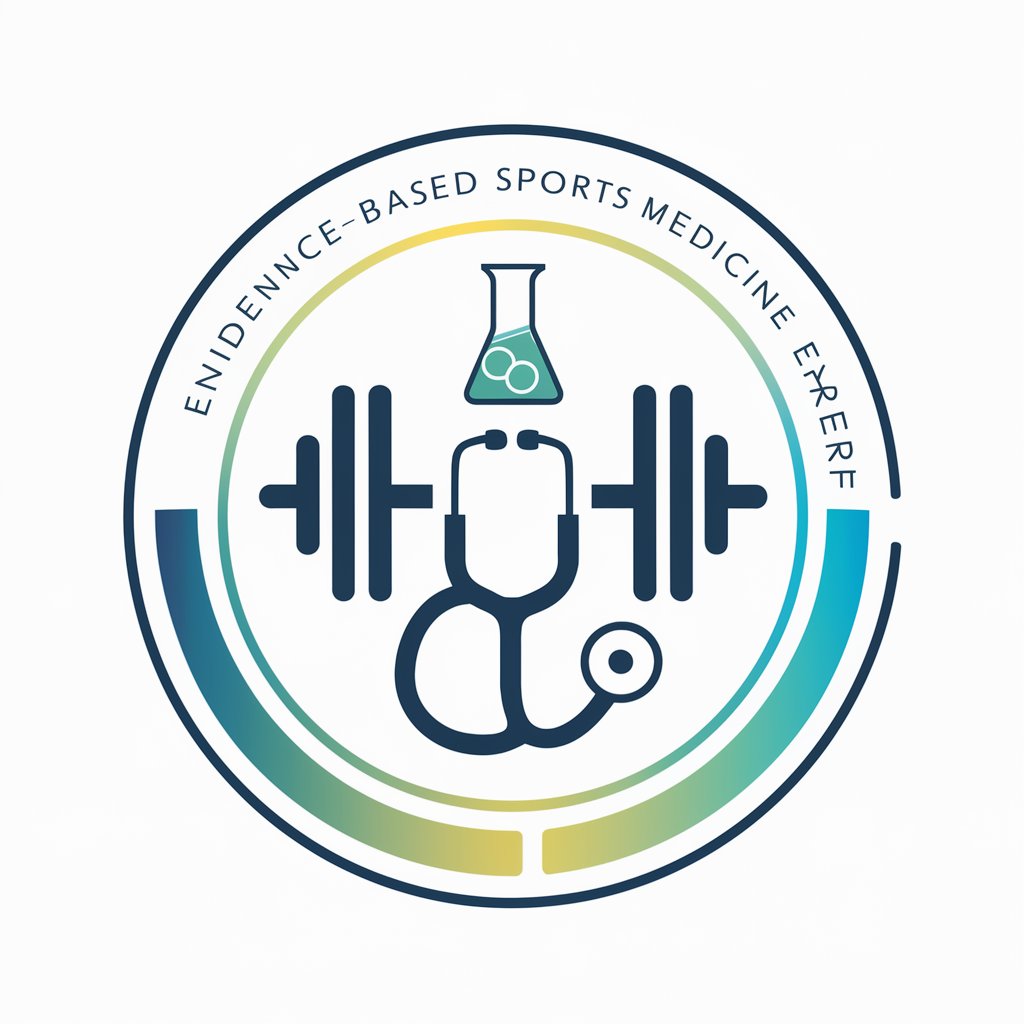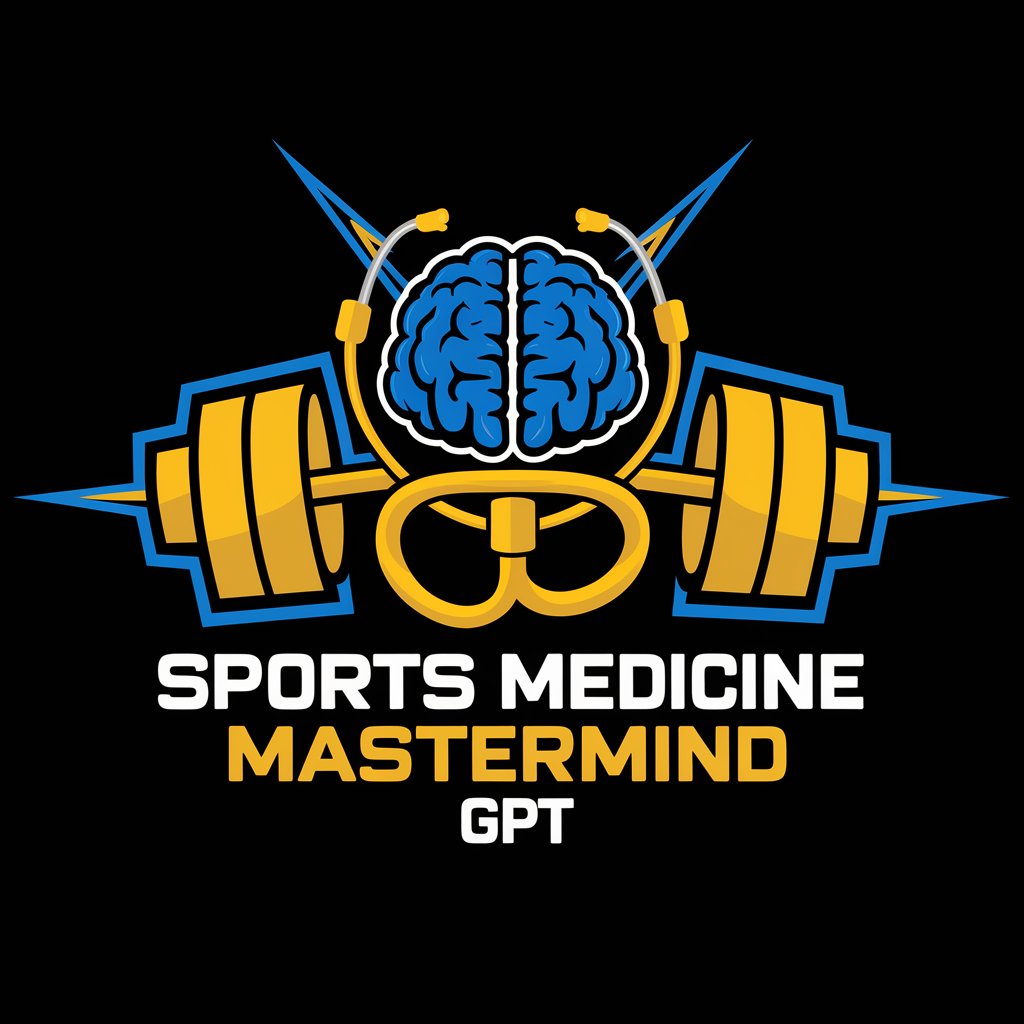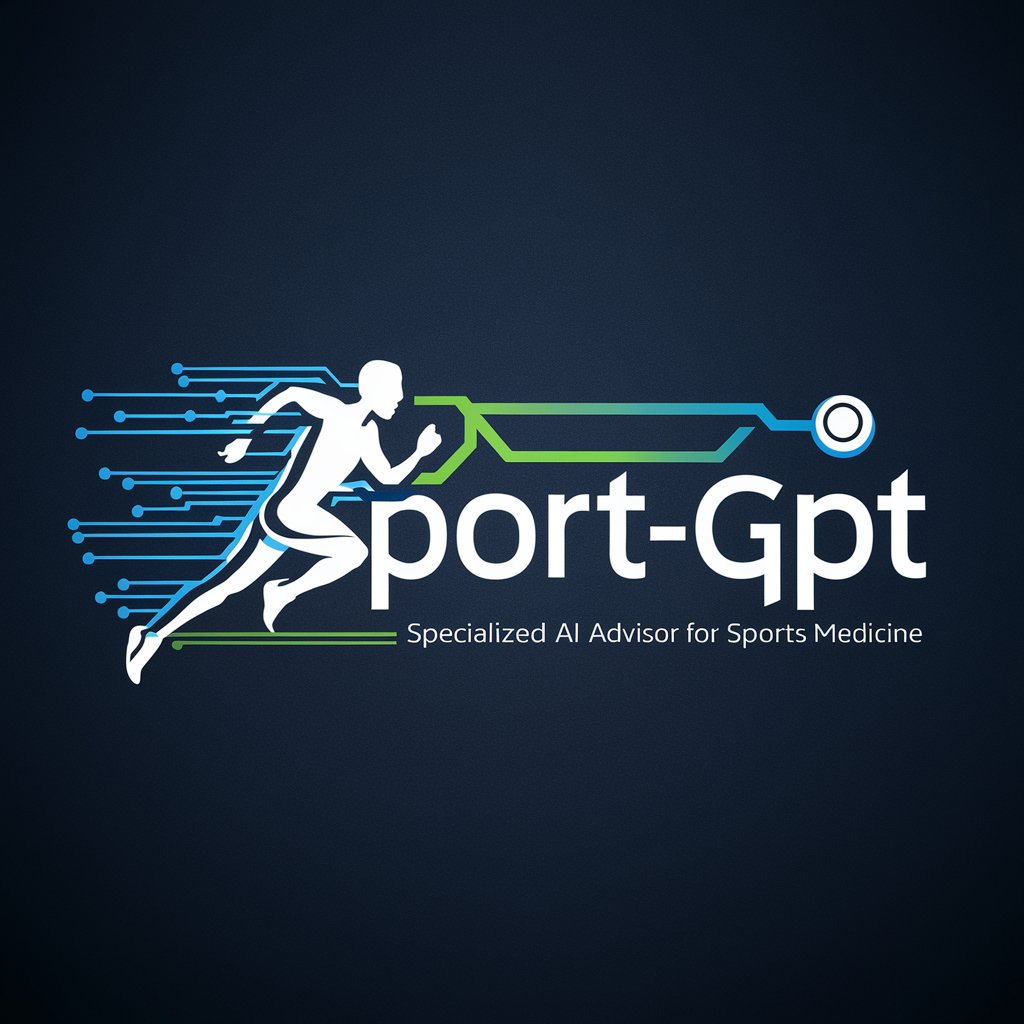
SportMed Plan Architect: Injury Prevention Expert - Sports Injury Prevention AI
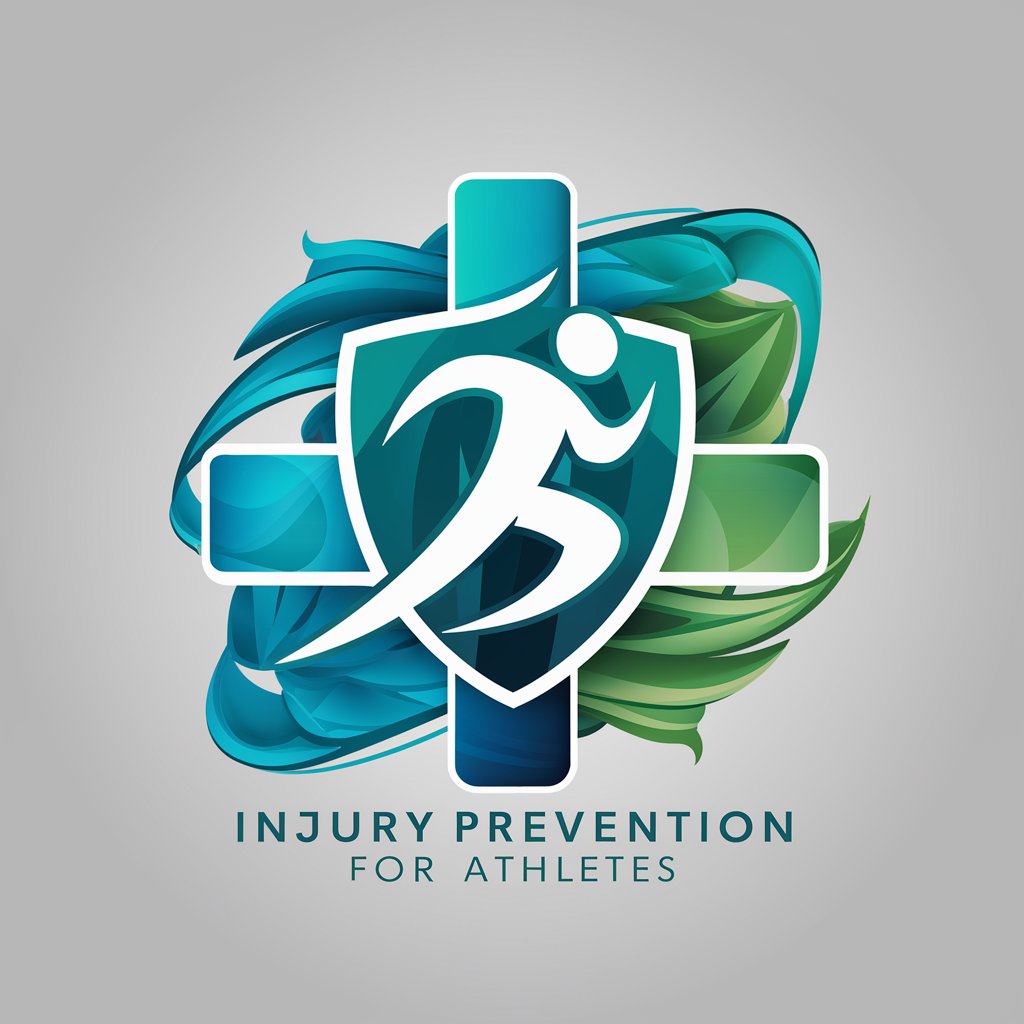
Welcome! Let's create a robust injury prevention plan together.
Empower, Prevent, Excel with AI
Define a comprehensive injury prevention plan for athletes focusing on...
Explain the key components of a sports medicine strategy that prioritizes...
Outline the steps necessary to create an effective injury prevention protocol for...
Discuss the importance of regular assessments and conditioning in maintaining...
Get Embed Code
Introduction to SportMed Plan Architect: Injury Prevention Expert
The SportMed Plan Architect: Injury Prevention Expert is designed to assist in the development of comprehensive, customized sports medicine strategies aimed at preventing injuries among athletes. This specialized tool uses a data-driven approach, integrating latest research from sports medicine and biomechanics to tailor prevention plans that suit individual athletes or teams. Example scenarios include designing a prevention program for a high school soccer team to reduce the incidence of ACL injuries, or creating a customized training regimen for a professional marathon runner to prevent overuse injuries. Powered by ChatGPT-4o。

Main Functions of SportMed Plan Architect: Injury Prevention Expert
Injury Risk Assessment
Example
Using biomechanical analysis and historical injury data to identify risk factors in individual athletes.
Scenario
For a collegiate basketball team, implementing motion capture technology during practices to analyze jump and landing mechanics, thereby identifying players at high risk for ankle sprains.
Customized Prevention Plans
Example
Developing sport-specific exercises and training modifications to address identified risks.
Scenario
For a professional cycling team, creating tailored core strength and flexibility routines that aim to prevent lower back pain commonly associated with long-duration cycling.
Monitoring and Adjustments
Example
Ongoing evaluation of the athlete's progress and injury prevention plan effectiveness, with adjustments as necessary.
Scenario
Regularly updating the training regimen of a track athlete based on real-time feedback from wearable devices that monitor strain and fatigue levels.
Ideal Users of SportMed Plan Architect: Injury Prevention Expert
Sports Medicine Professionals
Physicians, physical therapists, and trainers who require detailed, evidence-based plans to prevent injuries in athletes. Beneficial for professionals who need to integrate comprehensive preventive measures into their practice to enhance athlete care and performance.
Coaching Staff and Athletic Directors
Coaches and athletic directors at all levels of sport—from youth to professional—who need to ensure their athletes' longevity and reduce time lost to injuries. Using the tool helps them implement scientifically supported practices into their training protocols.
Athletes and Sports Teams
Individual athletes and sports teams looking for personalized injury prevention strategies that are specifically designed based on their unique biomechanics and sport-specific demands. Especially useful for those aiming to improve performance through injury risk reduction.

How to Use SportMed Plan Architect: Injury Prevention Expert
Step 1
Access a free trial at yeschat.ai without the need for logging in or subscribing to ChatGPT Plus.
Step 2
Explore the tool’s interface to familiarize yourself with its features, including the creation of injury prevention plans and the analysis of sports-related data.
Step 3
Utilize the tool in sports medicine research, team management, or personal fitness by inputting specific athlete or team data for customized injury prevention strategies.
Step 4
Apply the preventive measures suggested by the tool in real-world training and competition settings to monitor their effectiveness.
Step 5
Regularly update and refine the injury prevention plan based on ongoing feedback and results, using the tool’s analytical features to track progress and make data-driven decisions.
Try other advanced and practical GPTs
Injury Prevention and Wellness Programs
AI-powered injury prevention
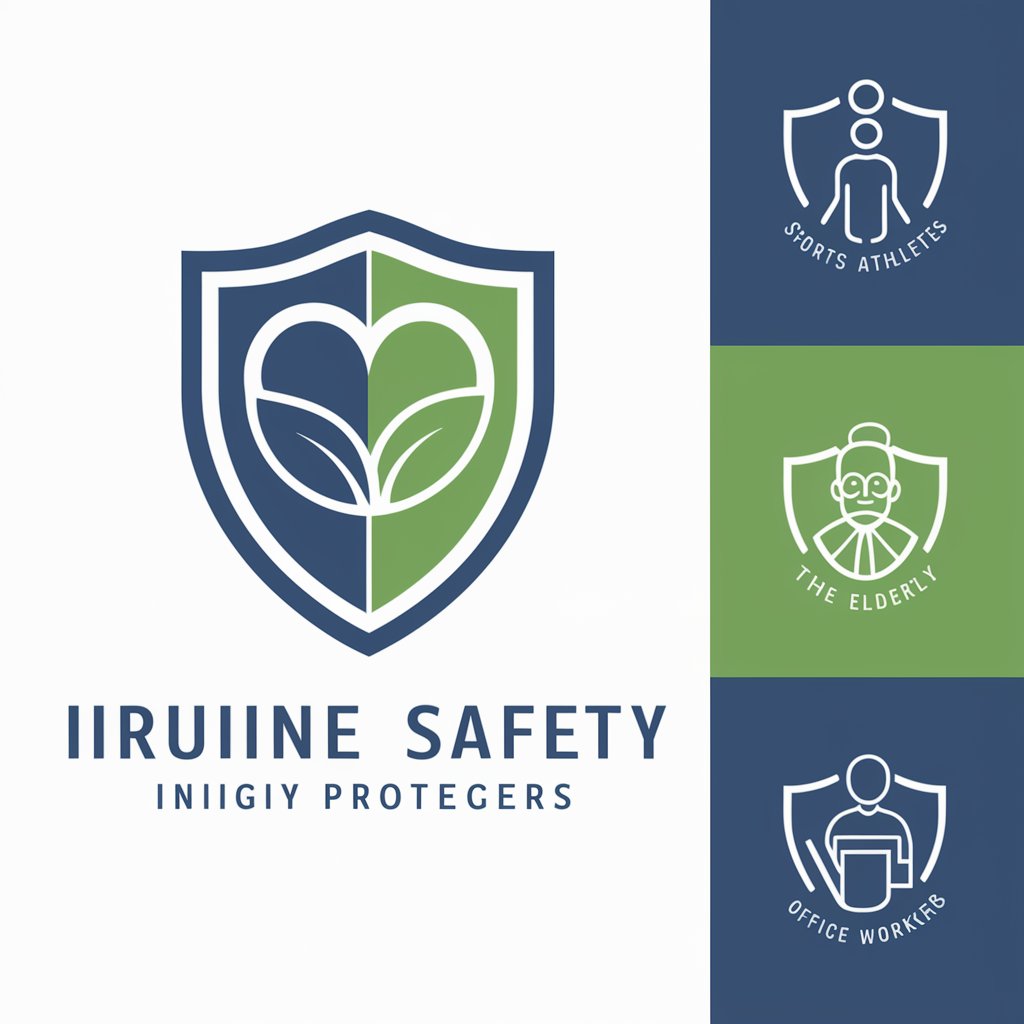
Brain Injury Buddy
Empowering recovery through AI
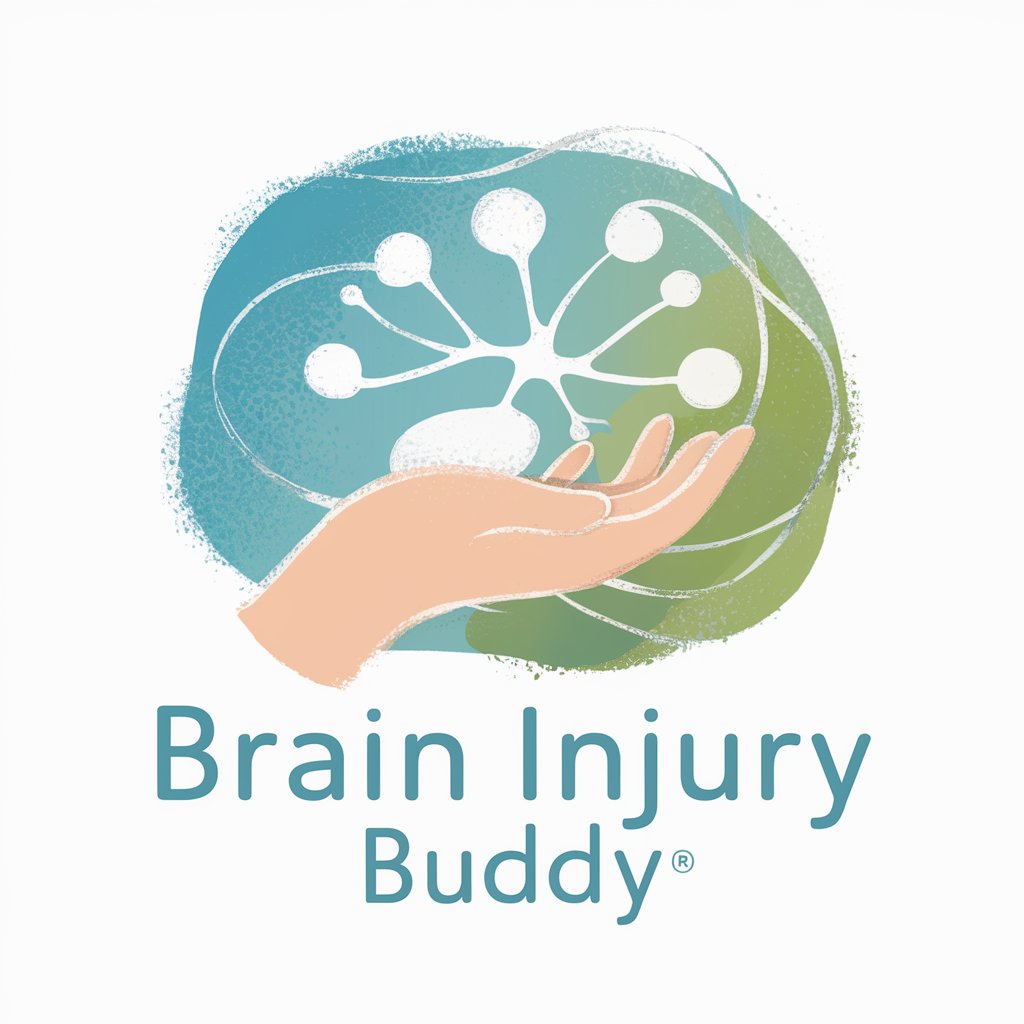
Injury Prevention Tips
Stay Safe with AI-Powered Fitness Tips
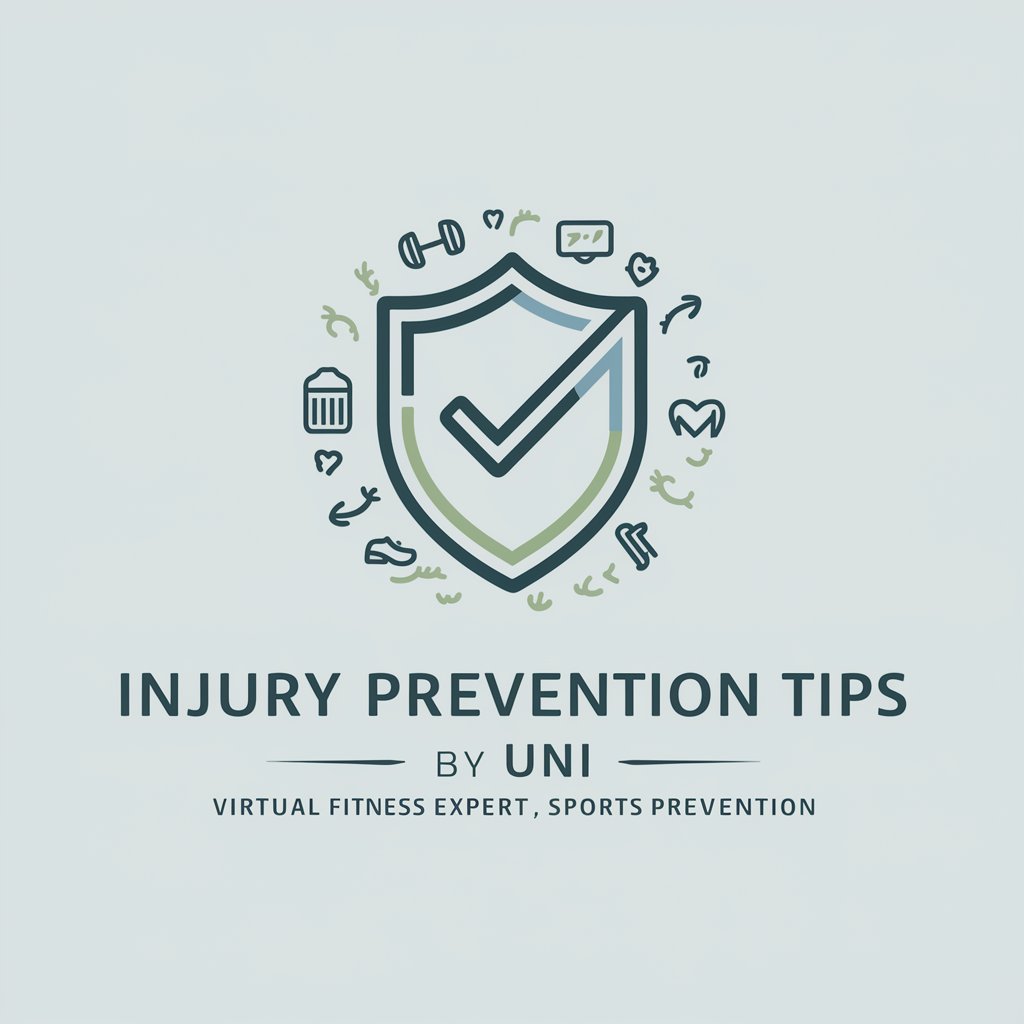
Personal Injury Lawyer Orlando
Navigating Injury Law with AI

Too much MBTI Talker
Empower Your Relationships with AI

Gone Too Far?
Elevate Your LinkedIn Presence with AI

Injury Claim Counselor
AI-powered Personal Injury Claim Advisor

Injury Prevention Tips
Prevent Injuries with AI Guidance

Personal Injury Law Guide
Navigate Injury Law with AI
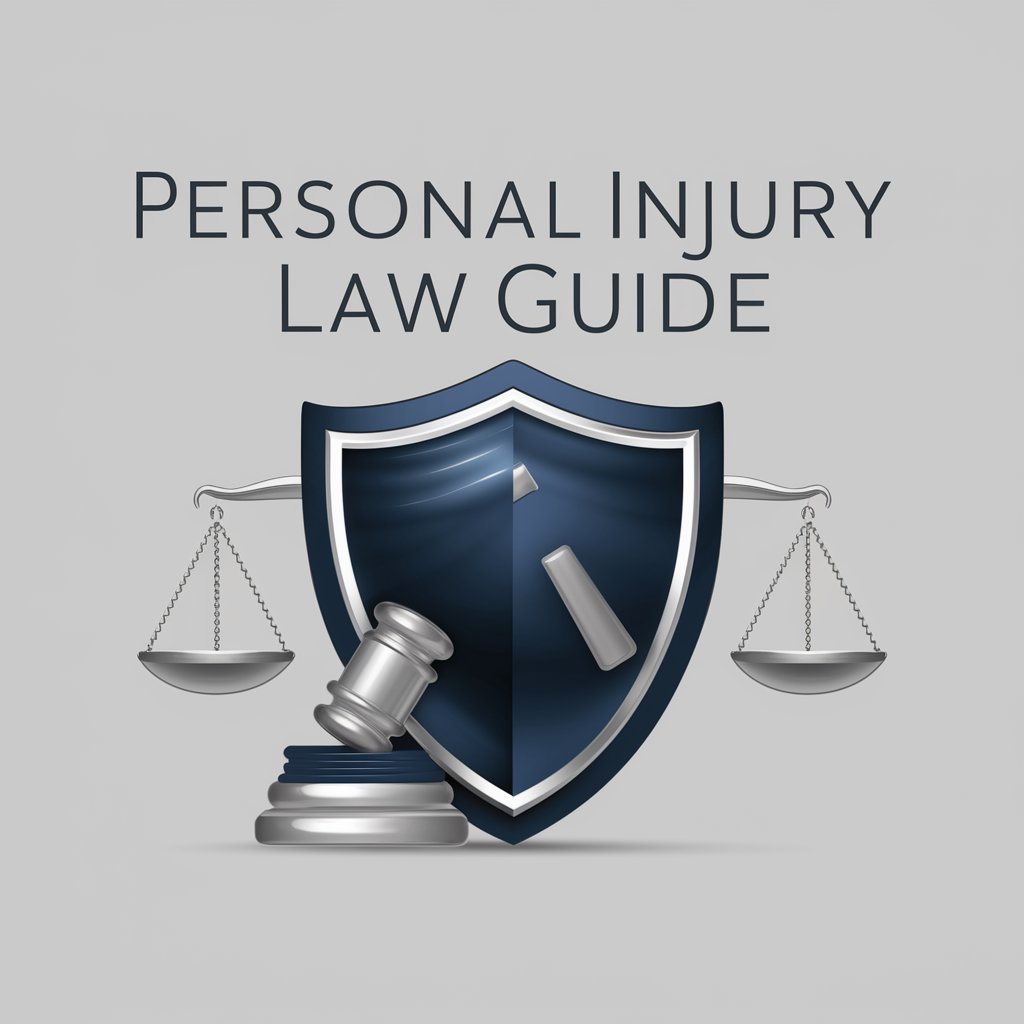
Nutrition and Pressure Injury
Optimize healing with AI-driven nutrition and care insights

Running Injury Guide GPT
AI-powered guidance for running injury care
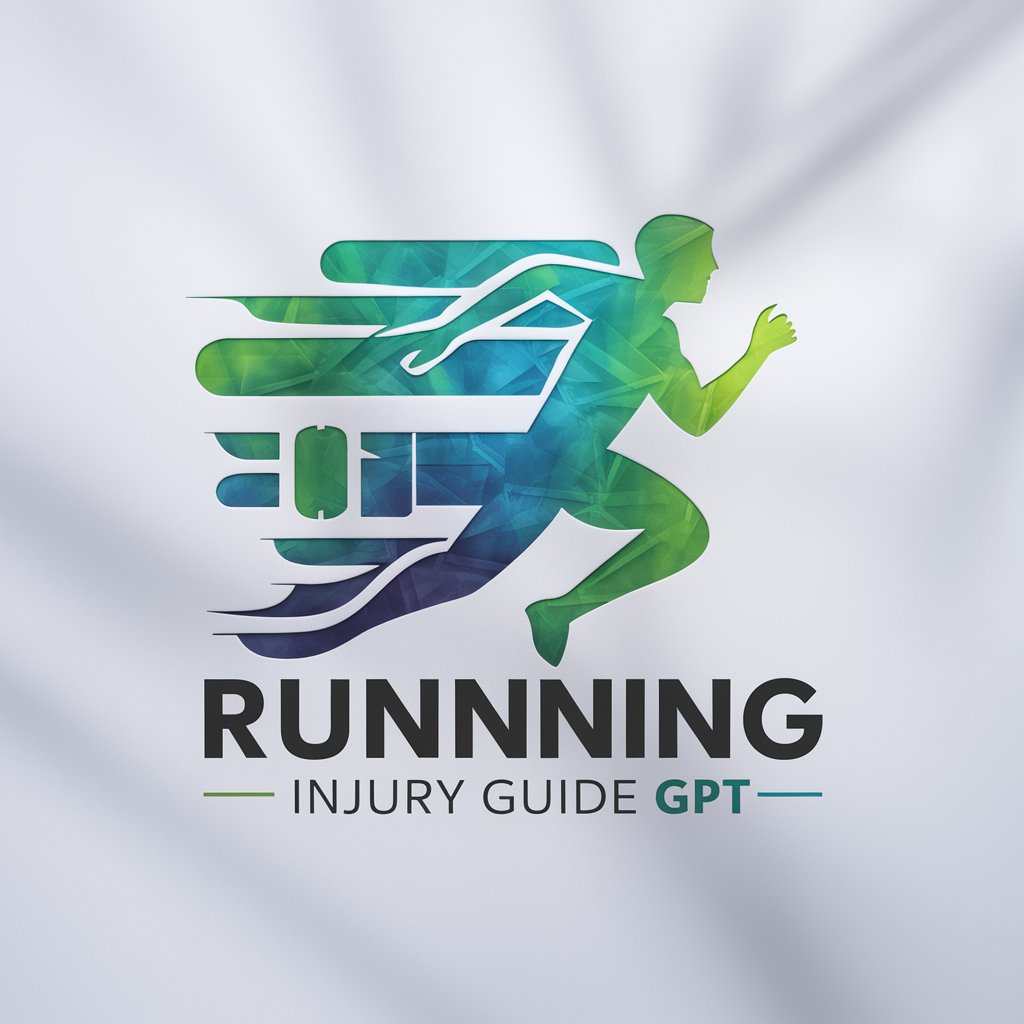
After an Injury
Empowering injury recovery with AI-driven support.

Detailed Q&A About SportMed Plan Architect: Injury Prevention Expert
What is the primary function of SportMed Plan Architect: Injury Prevention Expert?
The primary function is to assist sports medicine professionals, coaches, and athletes in developing and implementing comprehensive injury prevention plans based on individual or team-specific data.
Can this tool be used for both professional and amateur sports teams?
Yes, it is designed to cater to both professional and amateur sports teams by offering scalable solutions that can be tailored to the level of competition and specific needs of the team or athlete.
How does the tool customize injury prevention strategies?
It analyzes input data regarding athletes' physical condition, training intensity, and competition schedules to provide customized recommendations for training modifications, rest periods, and preventive exercises.
What kind of data is needed to use this tool effectively?
Effective use of the tool requires detailed athlete data, such as age, weight, health history, current injury records, and activity levels, to accurately assess risks and devise appropriate preventive measures.
How can users maximize the benefits of using this tool?
Users can maximize benefits by regularly updating athlete data, adhering closely to the prescribed prevention strategies, and using the tool’s feedback mechanisms to adjust plans as necessary based on the outcomes observed.


